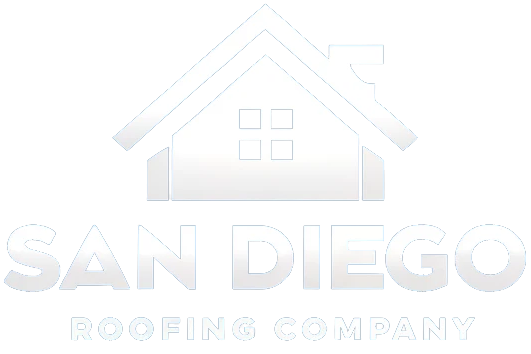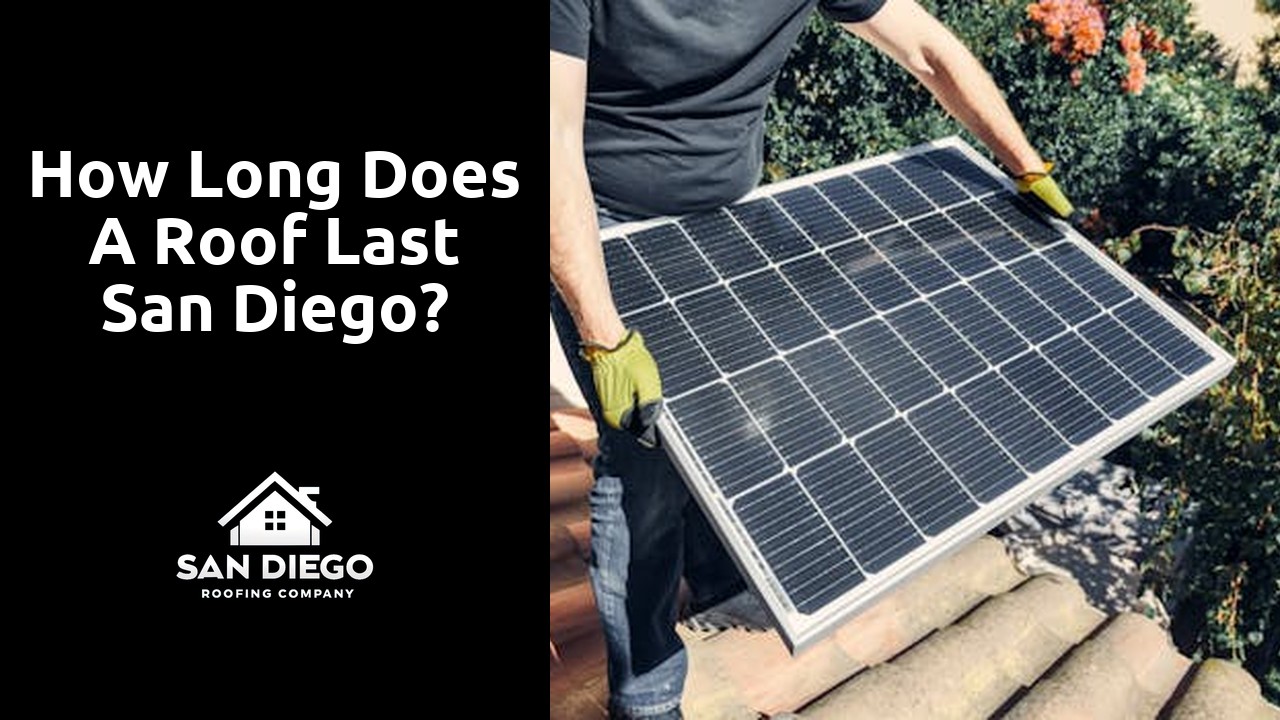Table Of Contents
Signs of Roof Damage
Roof damage can manifest in various ways, making it crucial for homeowners to stay vigilant for any signs of deterioration. One common indicator is missing or cracked shingles, which can expose the underlying structure to water damage. Additionally, granules from asphalt shingles accumulating in gutters or on the ground may point to aging and potential roof failure.
Another visible sign of roof damage is the presence of water stains on ceilings or walls inside the house. These stains suggest that water is infiltrating the roof and potentially causing more extensive issues like mold growth or rot. Sagging areas on the roof can also indicate structural damage or excessive weight from water saturation, requiring immediate attention to prevent further deterioration.
Understanding Warning Signals
Understanding warning signals is crucial to maintaining the integrity of your roof in San Diego. One common sign of roof damage is missing or broken shingles. When shingles are damaged or absent, it can lead to water seepage, which may result in leaks and water damage to the interior of your home. Keep an eye out for any shingles that appear warped, cracked, or have granules collecting in your gutters, as these are all indicators that your roof may need attention.
Another warning signal to be aware of is the presence of water stains on your ceiling or walls. Water stains often indicate a roof leak, and if left unaddressed, can lead to mold growth and structural damage. Be sure to inspect your ceilings and walls regularly for any discoloration or water marks, especially after heavy rain or storms. Catching these warning signals early can help prevent more extensive damage and costly repairs down the line.
Structural Considerations
When considering the longevity of a roof in San Diego, it is crucial to take into account several structural factors that can impact its lifespan. One primary consideration is the quality of the materials used in the construction of the roof. Opting for high-quality materials can significantly increase the durability and lifespan of the roof, ensuring its ability to withstand the often harsh weather conditions in the region.
Additionally, the installation process plays a vital role in determining the structural integrity of the roof. Improper installation can lead to various issues such as leaks, poor insulation, and overall instability of the roof structure. Hiring a reputable and experienced roofing contractor to install the roof is essential to ensure that it is done correctly, maximizing its lifespan and performance.
Impact of Roof Pitch
Roof pitch plays a crucial role in determining the lifespan of a roof in San Diego. The pitch, or slope, of a roof affects how quickly water can flow off the surface. Steeper pitches allow for better water drainage, reducing the likelihood of water pooling and causing damage to the roof structure. As a result, roofs with steeper pitches tend to have a longer lifespan compared to roofs with flatter pitches.
Furthermore, the angle of the roof pitch also determines how much sunlight the roof is exposed to throughout the day. In sunny San Diego, prolonged sun exposure can cause roofs to age more quickly due to UV radiation and heat exposure. Therefore, roofs with steep pitches that receive ample sunlight may experience faster deterioration compared to roofs with lower pitch angles that receive less direct sunlight. It is essential for homeowners to consider these factors when selecting the right roof pitch for their property to ensure the longevity of their roof in San Diego’s climate.
Environmental Factors
Environmental factors play a significant role in determining the lifespan of a roof in San Diego. One crucial factor is the influence of sun exposure on the roofing materials. The intense and constant exposure to the sun can cause shingles to deteriorate faster, leading to cracks, warping, and discoloration. This can ultimately weaken the roof’s structural integrity and compromise its ability to protect the property.
Furthermore, the coastal climate of San Diego brings high levels of humidity and occasional saltwater exposure, which can accelerate the corrosion of metal elements in the roof system. The combination of moisture and salt in the air can lead to rust formation on metal flashings, gutters, and vents. It is essential for homeowners in San Diego to consider these environmental factors when choosing roofing materials and maintenance practices to ensure the longevity of their roofs.
Influence of Sun Exposure
In San Diego, the intensity of the sun can significantly impact the lifespan of your roof. The constant exposure to harsh UV rays can cause roofs to deteriorate more quickly than in other regions. Over time, the sun’s radiation can break down roofing materials, leading to cracks, fading, and ultimately, the need for repairs or replacement.
Moreover, prolonged sun exposure can also make roofs more prone to thermal expansion and contraction, especially during those scorching hot San Diego summers. This continuous cycle of heating and cooling can weaken the integrity of the roof structure, potentially leading to leaks and other forms of damage. Therefore, homeowners in San Diego should be mindful of the effects of sun exposure on their roofs and take proactive measures to maintain and protect their roofing systems.
FAQS
How long can a roof last in San Diego?
The lifespan of a roof in San Diego can vary depending on factors such as material, maintenance, and environmental conditions. On average, a well-maintained roof can last anywhere from 20 to 30 years.
What are some signs that indicate roof damage in San Diego?
Some common signs of roof damage in San Diego include missing or cracked shingles, water stains on the ceiling, sagging rooflines, and visible sunlight coming through the roof.
How can I understand warning signals that my roof needs attention in San Diego?
Pay attention to warning signals such as water leaks, mold growth, peeling paint on ceilings or walls, and an increase in energy bills. It’s important to address these issues promptly to prevent further damage.
Are there any structural considerations that affect the lifespan of a roof in San Diego?
Yes, the structural integrity of a roof, including proper installation, ventilation, and insulation, can significantly impact its longevity. Poor installation or lack of ventilation can shorten the lifespan of a roof.
How does the roof pitch affect the lifespan of a roof in San Diego?
The pitch of a roof can affect its ability to shed water and withstand harsh weather conditions. In San Diego, roofs with a steeper pitch tend to last longer as they allow for better water drainage and debris removal.

